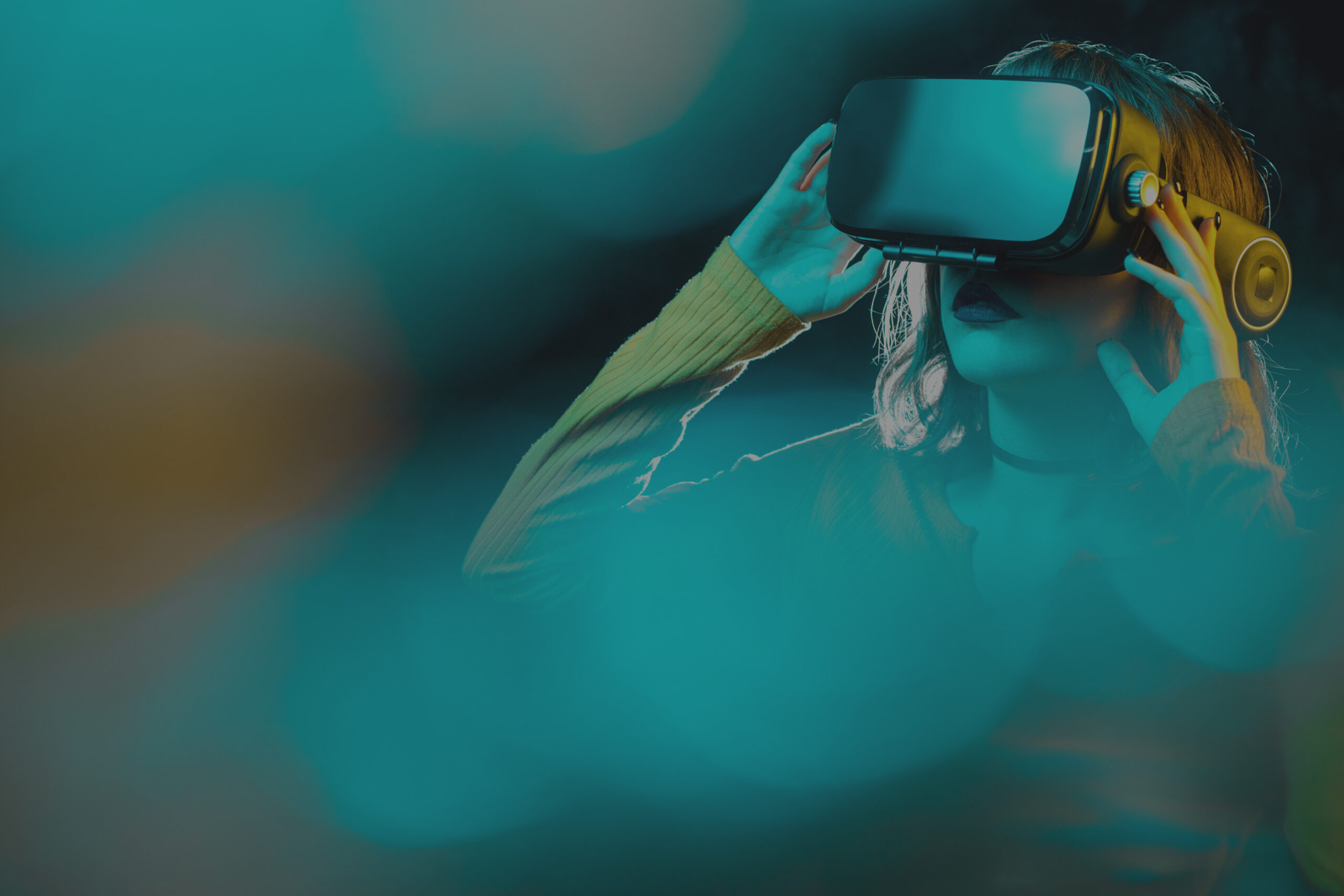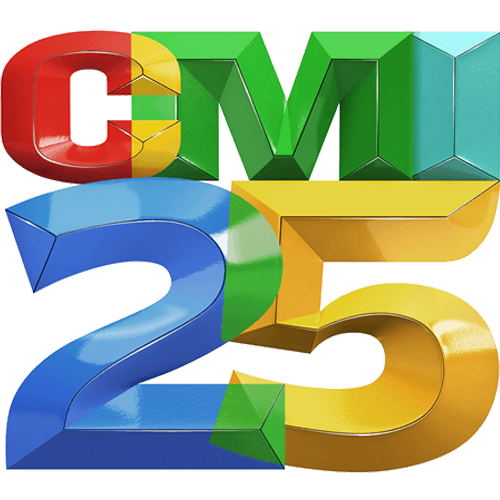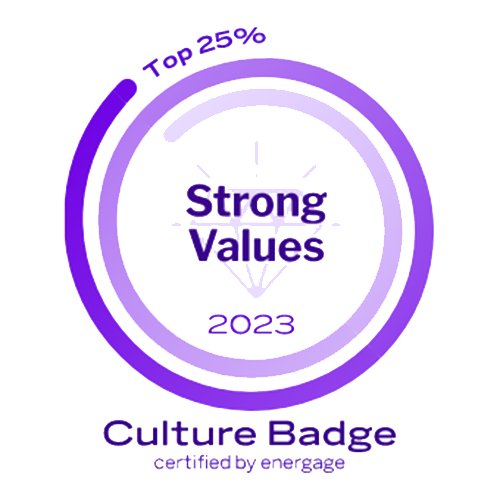Augmented reality and virtual reality may be among the biggest buzzwords in the technology space, but their popularity continues to rise in the business meeting and event industries. While these technologies are not necessarily new, their application within events continues to evolve as meeting organizers seek more frequent integration.
Let’s define some key terms
Virtual Reality (VR)
By now, you’re probably familiar with the bulky headsets and body-tracking cameras that typify modern VR tech. These devices transport users into fully immersive digital worlds, allowing them to navigate 3D settings as though they were living spaces. VR often uses multiple devices like headgear, haptic feedback gloves, and even scent simulators to provide true multi-sensory experiences. We aren’t in the Matrix yet, but platforms like the Oculus Quest and HTC Vive are transforming home rec rooms into imaginative worlds with ever-increasing fluidity.
Augmented Reality (AR)
Rather than constructing a complete 3D environment, AR simply overlays digital effects across a real-world backdrop. As such, AR requires less equipment than VR. Even a smart phone’s built-in camera has the power to display digital models in this fashion, which users can view and manipulate by moving the screen. Popular examples include Pokémon Go and Snapchat Filters.
Mixed Reality (MR)
Also called hybrid reality, MR merges real and virtual worlds to produce new environments where physical and digital objects co-exist and interact in real time. In simplified terms, MR can create interactive holograms. Microsoft Hololens is a great example of how this emerging technology is already being used in various professional industries.
Extended Reality (ER or XR)
This is an umbrella term that describes all digitally immersive technologies.
How VR and AR have been used in events
Since they first emerged into mainstream markets, VR and AR have been used primarily in video games, simulations, and training programs. As the technology grows, so too does the potential for integration within hybrid, virtual, or in-person events. It’s likely we will see new methods of engagement arise as time goes on. Whereas VR and AR were once considered minor gimmicks in the entertainment space, the door has now been opened for immersive and interactive experiences to delight event attendees.
How to use Extended Reality to enhance current events
Product Demos
AR and VR can be used in product demos to showcase some behind-the-scenes features in exhibit areas, tradeshows, or even keynote presentations. At Unbridled, we added VR functionality to a “silent museum” breakout session, in which attendees were able to virtually tour a recently built warehouse.
Virtual Event with AR Component
You can add an extra dimension of interactivity to your next virtual event with a VR-enabled experiential room.
In-Person Events
Provide smartphone-compatible headsets or QR codes to offer a more modern take on the traditional printed information handout.
Situational Training
- Hospitality – Provides training for front-of-house and back-of-house without needing to close spaces or spend time and money transporting large groups of people.
- Military – Simulates training for flights or combat to help prepare military members for real operations.
- Pharmaceutical/Medical – Allows healthcare professionals to provide care from a remote location and can also certify sales representatives for pharmaceutical products.
Producing entire events in Virtual Reality (VR)
If you’re looking to produce the entirety of your event in VR, that’s possible too. A little-known 2019 YouTube video from a company called AltspaceVR, which was acquired by Microsoft in 2017, offers some early explorations of how VR can be used to disrupt the meetings and events industry. Though the application may seem rudimentary now, it can be deeply immersive when experienced firsthand, especially for those who have yet to try VR.
Technology like Virbela, Frame.io, Spatial, Engage, Glue, and Rec Room allow users to collaborate in virtual environments for remote meetings, events, and classes. These platforms are designed to support workforces in immersive 3D worlds, and they have the potential to host a wide variety of events today.
Technology is not widespread, but a tidal wave could be on its way
Extended Reality will likely disrupt social media and technology in ways we can’t yet imagine. Prominent companies like Facebook, Microsoft, and Apple have already made big bets on the future of this emerging tech. Nearly 20% of the Facebook workforce is currently working on augmented and virtual reality devices in hopes that they will be the next major computing platforms. Additionally, during Microsoft’s recent Ignite event, a feature segment in the opening keynote was dedicated to showcasing the Microsoft Mesh XR technology platform.
Many tech experts predict the “new normal” will be tech-driven as our daily lives become increasingly filled with digital interactions. The same goes for events. VR will continue to provide more immersive experiences for attendees as the technology develops. The use of XR will likely progress through the standard technology adoption cycle, which moves from early adopters to mass hype with inflated expectations, into disillusionment, and then into production adoption.
If you haven’t used XR yet, we recommend easing in slowly by first leveraging VR or AR in your event design. Start by building out a VR experience in a breakout or enhancing your agenda with an AR overlay. For example, in an event catered toward pharma sales reps, you could immerse attendees in a truly hands-on experience by hosting a practice sales meeting within a digitally constructed doctor’s office. With the power of VR, you can transport people to any environment and deliver novel experiences that cater to different learning styles. The key is to start small so you can go big down the road.











